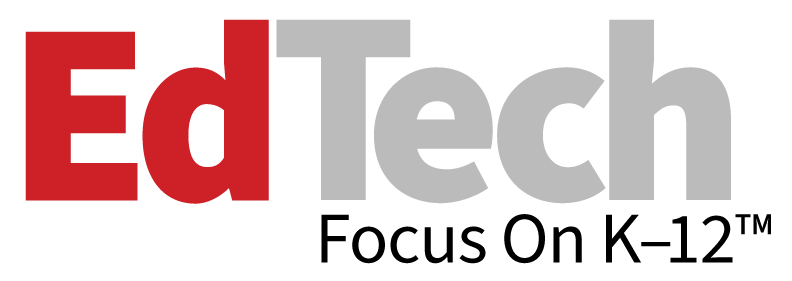What Is SOCaaS?
SOCaaS is a managed security services provider (MSSP) that offers cloud-based SOC services: SIEM software configuration, rule writing, threat prioritization and threat response.
By using SOCaaS, school districts get trained security professionals to examine their networks, identify the most urgent issues and manage incidents. These experts are dedicated to catching security problems before they turn into major breaches.
Outsourcing a SOC requires a certain amount of discipline and technical infrastructure already in place.
3 Elements Schools Need for Success With SOC Services
There are three key elements to success with SOCaaS: a good data feed, a solid security policy, and an informed system and application inventory.
1. The Data Feed
SOCs, whether in-house or as a service, depend on log analysis from a SIEM solution or other tool as the starting point for their day-to-day operation. SIEM, in turn, depends on security tools throughout the school’s network regularly sending security data.
For example, school desktop and laptop computers should be running some type of anti-malware software such as an endpoint protection platform, endpoint detection and response, or extended detection and response solution.
Any of those will suffice if the tool can send information about issues and incidents to the SOC’s SIEM tools.
The same is true for servers, major applications and infrastructure devices, such as unified threat mitigation firewalls and switches. If your school district doesn’t have endpoint and server protection tools and isn’t using a UTM firewall, then the SOC doesn’t have a useful data feed to work from.
2. The Security Policy
A second requirement for successful SOCaaS is a good security policy.
In modern schools, students and staff rely heavily on IT equipment throughout the day. The SOC will see a steady stream of log messages, but without a strong security policy, it has no guidance on what should and shouldn’t be cause for action.
For example, if a student unsuccessfully tries to log in to a teacher-only application, what should the SOC do? Ignore it? Report on it at the end of the month? Lock down the student’s PC?
RELATED: Schools rely on tech to defend against student-built proxies.
What if a new switch is installed in the network? What configuration elements must be in place to meet the school district’s requirements?
The answers are in the security policy, a vital resource that sets the rules of the road for the school district’s networks and systems. Security policies are indispensable to SOCs.











